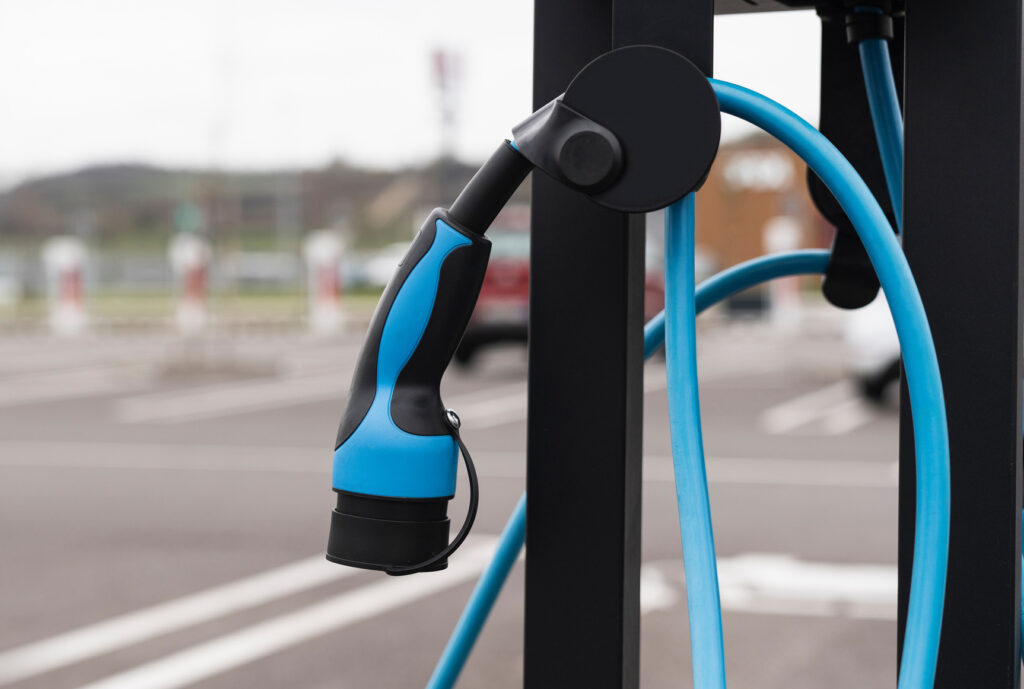Types of Cyber Attacks Against Vehicles
In today’s interconnected world, the rapid digitization of vehicles and heavy equipment has presented unprecedented opportunities for innovation and convenience. However, with this transformation comes an increased risk of cyber attacks targeting these machines. This blog post sheds light on five notable cyber attacks, hacks, and vulnerabilities that have targeted passenger vehicles and heavy equipment, showcasing the importance of robust cybersecurity measures.
Remote Control of Vehicles: Jeep Cherokee Hack (2015):
In 2015, cybersecurity researchers Charlie Miller and Chris Valasek demonstrated the alarming vulnerability of connected vehicles by remotely hacking a Jeep Cherokee. By exploiting a vulnerability in the vehicle’s infotainment system, the researchers gained control of critical functions such as steering, braking, and acceleration. This incident served as a wake-up call for the automotive industry, urging manufacturers to prioritize cybersecurity measures. The researchers were able to exploit zero-day vulnerabilities. Zero-day vulnerabilities are vulnerabilities previously unknown to the manufacturer of the platform or technology.


Vulnerabilities In Connected Trucks: Remote Exploit (2016):
Connected trucks equipped with telematics systems have improved fleet management and efficiency. However, they also introduce potential attack vectors for a cyber intrusion. In 2016, researchers discovered a vulnerability that allowed them to send signals on the internal network of a big rig truck to change instrument panel readouts, accelerate the truck, and even disable one of the brakes. The researchers were able to use open standard common J1939 commands to affect the vehicle. This vulnerability underscored the importance of regular software updates and robust security protocols for connected heavy equipment.
Keyless Entry Vulnerabilities: Relay Attacks On Car Keys (2019):
With the proliferation of keyless entry systems, a new vulnerability emerged known as “relay attacks.” These attacks exploit weaknesses in the communication between a vehicle’s key fob and its corresponding electronic control unit (ECU). In 2019, researchers demonstrated how attackers could amplify the key fob’s signal using inexpensive and easily accessible equipment, enabling them to unlock and steal vehicles without needing physical access to the keys.
Wireless Tire Pressure Monitoring System (TPMS) Exploitation: TPMS Attack (2019):
In 2019, researchers discovered vulnerabilities in wireless Tire Pressure Monitoring System (TPMS), a common feature in modern vehicles. By intercepting the wireless signals between the TPMS sensors and the vehicle’s onboard system, attackers could inject false data, leading to inaccurate tire pressure readings. This manipulation could potentially compromise vehicle safety and performance, endangering the driver and passengers.

Electric Vehicle (EV) Charging Infrastructure Vulnerabilities: Data and Energy Theft (2023):
As electric vehicles gain popularity, concerns arise regarding the security of their charging infrastructure. In 2023, researchers uncovered vulnerabilities in EV charging stations that could be exploited to remotely shut down charging stations or expose them to data and energy theft. Through a technique known as charger spoofing, attackers could compromise the charging station’s authentication process and gain unauthorized access to the vehicle’s systems. This attack could potentially result in unauthorized control over the charging process or theft of driver’s personal data, credit card details, and Charging Station Management System (CSMS) credentials.
Keep Reading: Want to keep reading about vulnerabilities in vehicles? Check out our latest white paper: Monitoring CAN For Cyber Intrusion.
The evolving landscape of cyber threats poses significant challenges to the automotive and heavy equipment industries. The examples highlighted in this blog post demonstrate the vulnerabilities that can be exploited by malicious actors to gain control over vehicles and heavy machinery, compromising safety, privacy, and operational integrity. It is crucial for manufacturers, policymakers, and users to prioritize cybersecurity and implement robust measures to protect against cyber attacks. Continuous research, collaboration, and proactive defense mechanisms are key to maintaining the trust and security necessary for the advancement of these technologies in the modern world. As the automotive and heavy equipment industries continue to innovate, it is imperative to stay vigilant, adapt security measures, and foster a culture of cybersecurity to ensure the safe and secure integration of technology into our vehicles and machinery.

